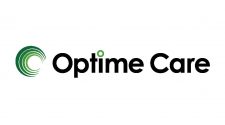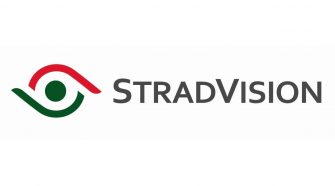The home health industry went through a rollercoaster 2020, when admissions tanked and then quickly skyrocketed. Now, admission levels appear to be mostly stable, according to new figures from post-acute care data and analytics company Trella Health.
The caveat to that statement is home health admissions appear to be stabilizing below pre-pandemic levels.
“If you look at … some of the longer-term trends with home health admissions, they’ve been on a very, very slight decline since going back to about 2017,” Carter Bakkum, a senior data analyst with Trella Health, told Home Health Care News. “And the pandemic, it seems to have accelerated some of that decline.”
Year-over-year home health admissions from the second quarter of 2020 to Q2 2021 increased by 12.8%.
In comparison, from the third quarter of 2020 to last year’s second quarter, patient admissions to the home health setting were about 850,000. That’s roughly 50,000 fewer admissions than typical pre-pandemic levels, Trella’s data suggests.
“Home Health admissions overall are stabilizing in the sense that there isn’t a whole lot of variation, quarter over quarter, when you’re looking at the last four quarters,” Bakkum continued. “However, again, looking at it more long term, it is a little bit more in decline.”
There’s no single answer to explain why admissions are leveling out at somewhat below pre-COVID levels. But staffing shortages likely factor into the equation.
Broadly, home health providers of all shapes and sizes have had to decline new admissions over the past several months, as recruiting and retaining front-line clinicians has become more challenging. Burnout has forced some home health workers to leave the profession, while others have been pulled away to higher-paying jobs.
Executives from Encompass Health Corporation (NYSE: EHC), for example, said the company lost a “minimum” of 1,700 admissions in the fourth quarter of last year due to staffing constraints.
“The biggest thing for us is that the volumes are there, but the staffing has been the challenge,” Barb Jacobsmeyer, CEO of Encompass Health’s home health and hospice business, said during a February earnings call.
Similarly, leaders from LHC Group Inc. (Nasdaq: LHCG) said labor challenges contributed to the company missing out on an estimated 2,500 admissions during that same quarter.
It’s unclear what admissions trends would look like if providers were able to accept all referrals, Bakkum explained.
“If home health agencies were fully staffed and were able to take every single referral that they received, what would the admission numbers look like?” he said. “I don’t know. I can’t speak to that. But it definitely has been a challenge.”
To overcome recruitment and retention issues, some home health organizations have begun to consider new competitive workforce strategies, including “acqui-hiring,” or landing new talent via acquisitions, Bakkum noted.
In other words, instead of acquiring a home health peer to boost market share and volume, providers are buying competitors to reinforce their staffing numbers.
“There are natural economies of scale when it comes to some of these home health care businesses, in general. I wouldn’t be surprised if we see a lot of acquisitions in the coming years,” Bakkum said. “One way to acquire new staff is to go out and purchase the smaller agencies.”
Additionally, it’s important to note that while home health admissions are stabilizing on a slightly below-normal basis, the home health setting as a whole is capturing a bigger piece of the post-acute care pie.
“While admissions may be going down, [agencies are] actually capturing a higher percentage of the in-patient discharge instructions than ever, potentially attributable to increased preference for home health over admission to a skilled nursing facility,” Bakkum said.















Why I Stopped my Poe.com Subscription After 8 Months (serious post) and went back to the original ChatGPT-4 : ChatGPTPro